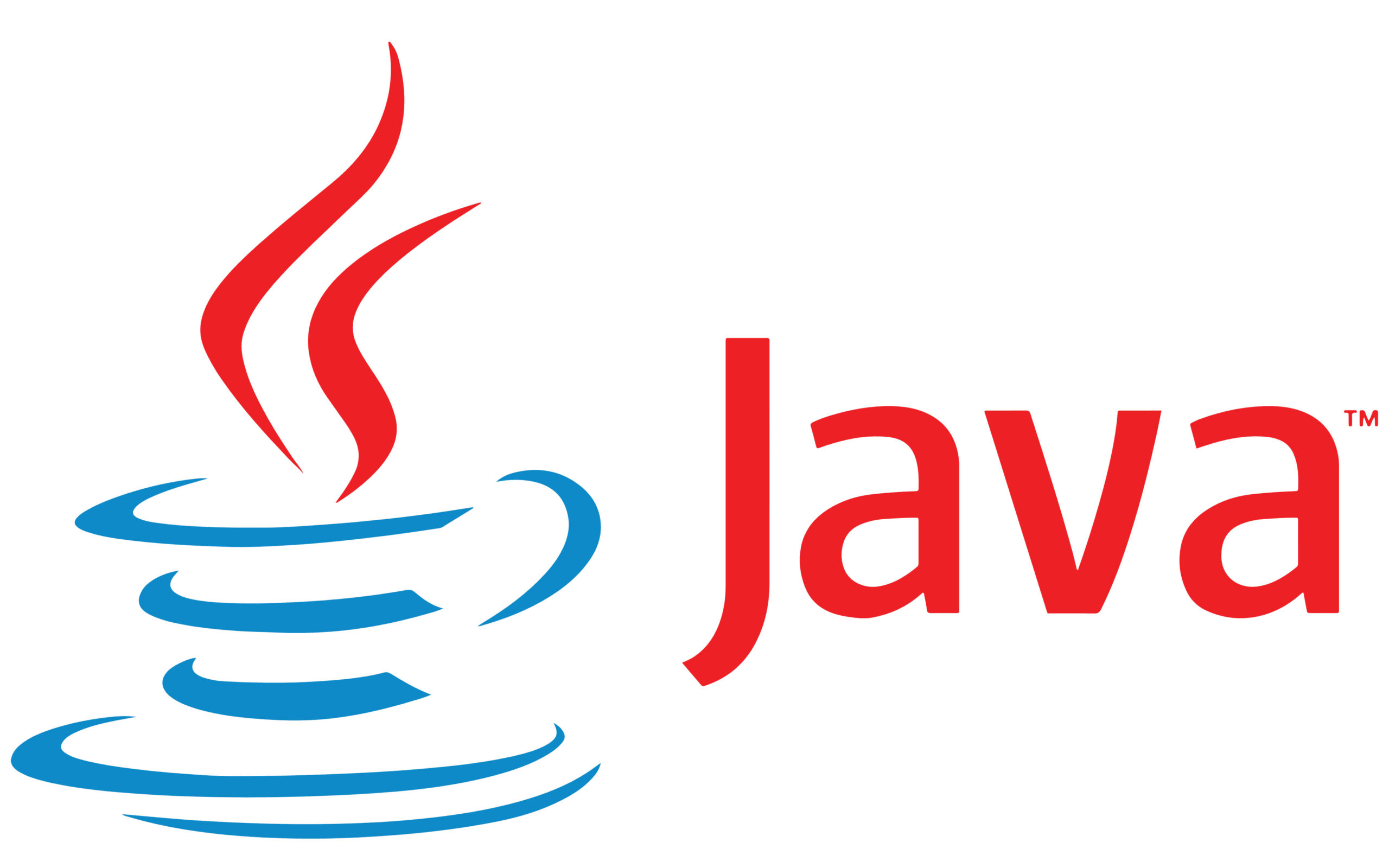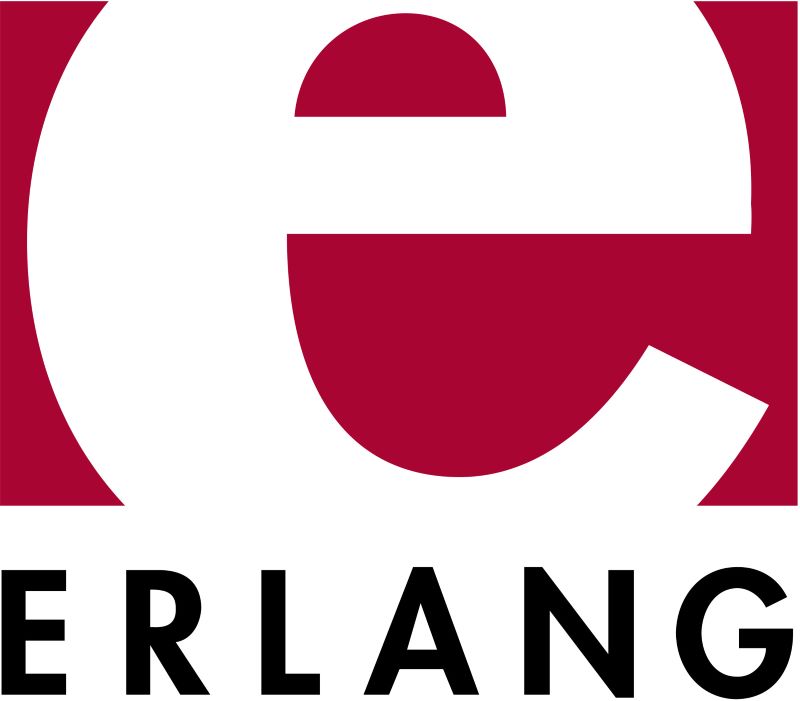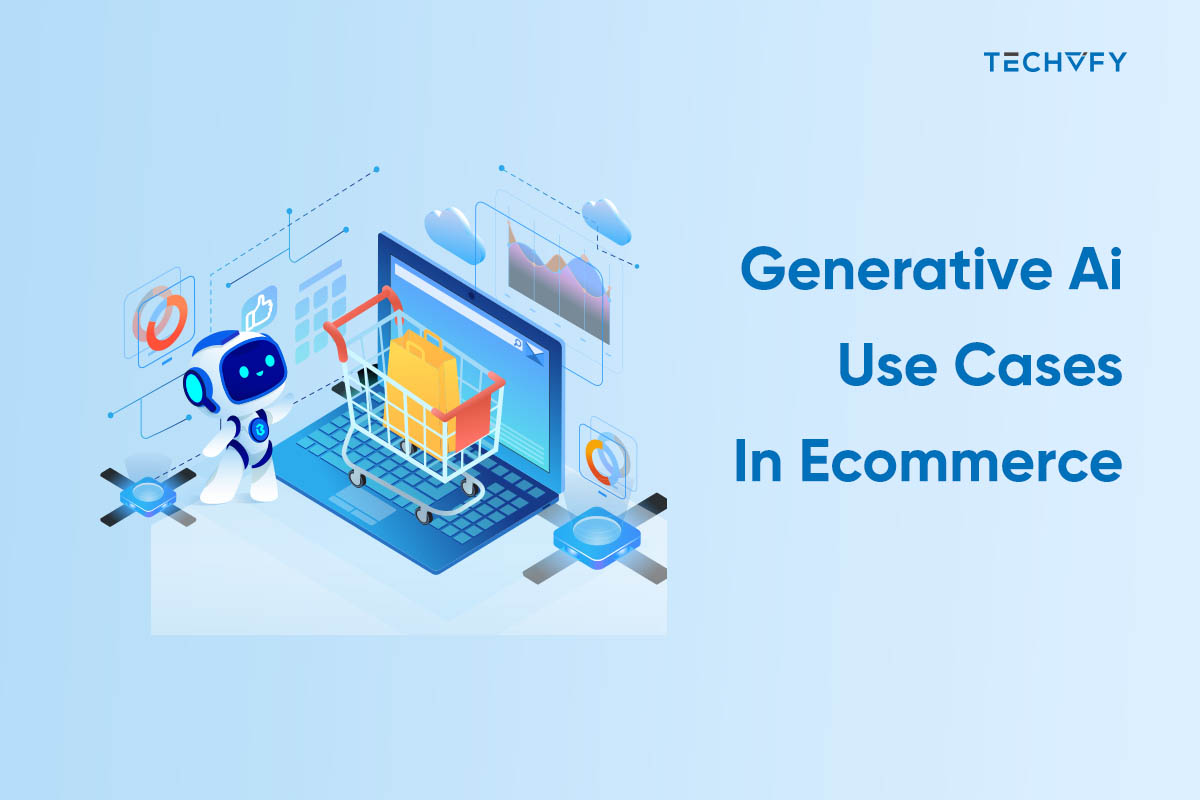Top 15 Blockchain Programming Languages in 2025
- TECHVIFY Team
- 0 Comments
Between 2017 and 2020, the demand for Blockchain surged by nearly 2000%, making it a prized technology in the industry. By 2024, the Blockchain market is projected to reach $20 billion.
As Blockchain reaches new sectors, organizations are eager to hire blockchain developers.
With the rising demand for blockchain app developers, staying competitive is paramount. Technology enthusiasts must learn the best blockchain programming language to keep pace.
Therefore, this article explores the best blockchain programming language, offering practical insights for your next project.
I. 15 Best Blockchain Programming Languages in 2025
1. Solidity
Solidity is the top choice for Blockchain development Programming language among developers worldwide, offering stability and widespread usage. Mastering Solidity is essential whether you’re new to programming or seasoned in the field.
Developed by Gavin Wood in 2014, Solidity is a statically typed language with curly-braces syntax specifically tailored for creating smart contracts to operate on the Ethereum Virtual Machine (EVM). Influenced by Java, C++, and PowerShell, its key architect is Vitalik Buterin, the creator of Ethereum. Now, let’s look into the pros and cons of Solidity:
Pros:
- Solidity offers a reliable and adaptable coding framework tailored for smart contracts.
- Its simplicity makes it easy to use, catering to developers of varying skill levels.
- Solidity ensures secure and reliable execution of smart contracts between parties, thanks to its high accuracy rate.
- Application Binary Interface (ABI): Solidity offers multiple type-safe functions, facilitating robust communication between contracts.
Cons:
- Once a contract is deployed in Solidity, it cannot be altered or updated, which can pose challenges if modifications are necessary.
- Solidity may sometimes struggle to achieve sufficient code coverage, potentially leading to unforeseen issues in smart contracts.
- A lack of centralized documentation for known vulnerabilities could impede developers’ ability to address security concerns effectively.
2. Java
Java, one of the most widely used programming languages, plays a significant role in Blockchain Programming for platforms like Ethereum, Hyperledger Fabric, IOTA, NEO, and others. Created in 1995 by James Gosling, Java offers robust support for Application Programming Interface (API) and class-based object-oriented programming, making it a preferred choice for blockchain development. This domain extensively utilizes its key features, including API, OOP, and Portability.

Pros:
- Java’s Write Once Run Anywhere (WORA) feature enables it to run on any platform.
- Its flexibility makes it easier for developers to work with.
- Java’s security manager helps mitigate security threats by controlling access to classes.
Cons:
- Java tends to be slower and more memory-intensive than C or C++.
- Java primarily focuses on memory management, which may deter some developers.
- Java’s verbosity, characterized by many keywords and lengthy code, distinguishes it from native applications.
More knowledge about blockchain:
3. Python
Python is a great choice for beginners in Blockchain Programming because of its simplicity and wide usage. It has shortcodes and is open-source, allowing for flexibility with resources and plugins. Python supports Object-Oriented Programming and is commonly used in Blockchain Development, Machine Learning, and Artificial Intelligence.
Popular GUI options like PyQt5 and Tk assist in creating applications for Blockchain Programming.

Pros:
- Python’s step-by-step execution aids in error detection and debugging.
- Its simplicity enables users to focus more on understanding code rather than syntax.
- Python offers a vast library, reducing dependency on external ones.
- Shorter code length due to its English-like syntax.
Cons:
- Not ideal for cell phones due to rigidity.
- Runtime errors can occur due to dynamic typing.
- Python consumes more memory, resulting in slower execution.
4. C++
Developers in Blockchain Programming prefer using C++ due to its runtime polymorphism, function overloading, and multi-threading capabilities. It offers flexibility in shaping data to fit developers’ requirements and sees extensive use in Blockchain programming, including projects like Stellar, Ripple, and Bitcoin.

Pros:
- It’s an Object-Oriented Programming language, making it easier to use than binary coding languages.
- Data hiding ensures security, unlike many other high-level languages.
- Easy to learn and use.
- Being a multi-paradigm language, it executes faster than Java.
Cons:
- Lacks garbage pickup.
- Complexity grows with code length.
- Primarily used for platform-specific applications, unlike Java.
5. Ruby
Ruby, developed by Yukihiro “Matz” in the mid-1990s, is a high-level and general-purpose programming language. It allows blockchain developers to prototype their ideas using open-source third-party APIs and plugins quickly. Ruby lets developers combine its features with other languages to create more powerful platforms.

Pros:
- Multi-Paradigm Language
- Strong developer community for Rail frameworks (Ruby on Rails)
- Compatible with both Windows and PIOX
Cons:
- Debugging can be challenging, and runtime errors may occur
- Less flexible and not as popular among developers
- Relatively slow processing speed
Enhance Your Business with Blockchain Development Today!
Get in touch with experts for a free consultation. We’ll help you decide on next steps, explain how the development process is organized, and provide you with a free project estimate.
6. Go
The Go programming language has gained significant traction in Blockchain development. It boasts a combination of user-friendliness, scalability, flexibility, and speed, drawing parallels with JavaScript and Python. This makes it a preferred choice for creating tailored Blockchain solutions.
Two prominent Blockchain solutions built with Go are Go-Ethereum and Hyperledger Fabric.

Pros:
- Go’s virtual runtime often outperforms traditional programming languages.
- Despite being static, Go provides a dynamic feel, reducing syntax errors and facilitating web application development.
- Designed for efficient development, Go’s garbage collection streamlines tasks.
- Syntaxes in Go are well-structured.
Cons:
- Loss of error tracking may necessitate repair functions, leading to lengthy code blocks for error identification.
- Due to its youth in the tech realm, accessing some of its libraries can be challenging for developers.
- Without a defined niche, Go’s code reusability is limited compared to other languages.
- Although the number of packages is growing, Go’s standard library contains many features that obviate the need for third-party assistance.
7. C#
C# is a widely used open-source programming language crafted by Microsoft, commonly pronounced as “C Sharp”. Visual Studio Magazine estimates its user base at around 5 to 8 million developers worldwide. Noteworthy Blockchain platforms like Stratis, NEO, and IOTA rely on C# for their programming needs. C# employs straightforward Object-Oriented and Extensible Markup Language methods, simplifying development without requiring extensive developer intervention.

Pros:
- Extensive library classes facilitate menu function usage and implementation.
- Developers working with C# face fewer memory management issues compared to those using C++.
- The Assembly concept streamlines version control concerns effectively.
- It can provide support for distributed systems.
Cons:
- Limited access to low-level functionalities like direct hardware interaction via drivers and firmware.
- Lacks an independent compiler.
- Relies on byte codes and the JIT compiler for bridging the gap between machine code and hardware, resulting in longer execution times.
8. Simplicity
Simplicity, created by Rachelle O’Connor, aims to simplify blockchain programming by reducing the need for deep understanding. Previously, blockchain programs fell into two categories: expressive but unreliable, or basic and reliable. Simplicity seeks to bridge this gap.
Designed to integrate seamlessly with Blockstream’s Elements platform, Simplicity offers Liquid Network users access to advanced smart contracts like trust-reduced escrow and vault systems.
Pros:
- Other languages have experienced fund theft or unrecoverable losses due to contract errors. Simplicity mitigates these risks.
- The development of EVM faced issues during testing, whereas Simplicity ensures reliable results.
Cons:
- Code optimizers for Simplicity are still in development.
- Ensuring full verification of smart contracts requires integrating functional and formal correctness of cryptographic protocols.
9. Rholang
Rholang, a newcomer to the tech scene, is one of the best programming languages for blockchain development. It’s user-friendly, with clear syntax displayed on-screen, reducing developers’ cognitive load. Rholang operates within the Rchain environment.
Pros:
- Reliable and secure.
- User-friendly, offering flexibility in programming.
- Designed for fast blockchain development.
Cons:
- Limited market presence, leading to fewer users.
- Newcomers may find it challenging due to the lack of widespread adoption.
10. PHP
As an open-source and platform-independent language powered by Zend Engine, PHP can be used across various operating systems. Its source distribution includes an extensible library that simplifies the work of blockchain developers.
Due to its popularity, PHP is commonly employed in blockchain programming and is recommended by many web application developers. Until 2014, PHP evolved without a formal written specification, but since then, a formal specification has been in use.

Pros:
- PHP is open-source, making it easily installable and usable.
- It works seamlessly across different operating systems.
- Its simplicity facilitates quick learning and easy usage.
- The built-in database connection module reduces the time and effort required for web application development.
Cons:
- Not ideal for large content-based web applications.
- Core functions and methodologies cannot be modified.
- Runtime errors occur frequently.
- Managing PHP can be challenging due to its similarity to Java’s features.
11. Erlang
Consider Erlang for your future in Blockchain development. While not as widely recognized as languages like Java, JavaScript, and Python, Erlang offers unparalleled backend support, scalability, immutability, inherent fault tolerance, and more. These features make it ideal for constructing peer-to-peer networks within Blockchain environments.

Pros:
- Erlang’s built-in concurrency, distribution, and fault tolerance support is ideal for building scalable and robust blockchain systems.
- Its lightweight processes enable efficient parallel execution, enhancing blockchain application performance.
- Pattern matching and immutable data structures simplify complex logic and smart contract development.
- Hot code swapping allows for seamless updates without downtime.
Cons:
- While great for concurrency, its single-threaded model may limit performance in certain tasks.
- Its ecosystem for blockchain development may not be as mature as other languages.
- Interoperability and managing Erlang-based systems may require specialized expertise.
12. CX
CX now ranks as the top programming language for blockchain. It serves as a digital intermediary for contracts, boasting features like straightforward error handling and the ability to utilize advanced features such as slices, pointers, and arrays. Additionally, it improves upon Go by eliminating the need for executing unnecessary code, a significant concern for modern businesses. Furthermore, it seamlessly integrates with OpenGL (Open Graphics Library), enhancing GPU performance for blockchain developers.

Pros:
- CX facilitates secure transactions on the blockchain.
- Offers features like error control, advanced data structures, and enhanced development.
- Overcomes unnecessary code execution, improving efficiency.
- Integrates with OpenGL for enhanced graphics performance.
Cons:
- Smaller developer community means fewer resources.
- Emerging language may have bugs impacting stability.
- Integration with OpenGL introduces external dependencies.
13. Rust
Despite its newcomer status in Blockchain, Rust is gaining recognition for its potential in crafting inventive, unchangeable, and safe solutions. The language empowers open-source blockchain developers to produce efficient frameworks swiftly. It equips them with robust tools for handling changeable states, optimizing code, enhancing memory utilization, and exploiting concurrency.

Pros:
- Rust’s speed and memory safety enhance blockchain performance.
- Its robust memory management reduces vulnerabilities, ensuring secure blockchain solutions.
- Rust supports concurrent programming, vital for scalable blockchain systems.
- A growing Rust community offers tailored resources for blockchain development.
- Rust’s interoperability simplifies integration with existing systems.
Cons:
- Some specialized blockchain libraries may be lacking.
- Strict compiler checks can lead to longer compilation times.
- Rust may have fewer dedicated development tools for blockchain.
- Support resources may be less abundant compared to other languages.
14. SQL
In 2024, SQL (Structured Query Language) will be one of the top programming languages for blockchain technology. Developed by IBM, it streamlines communication with databases such as MySQL, SQL Server, PostgreSQL, and Oracle, making it simpler and more efficient. SQL is widely used to construct secure and efficient enterprise solutions within the Blockchain domain, with Aergo as a clear example.

Pros:
- Developers often have existing SQL expertise, reducing learning curves.
- SQL ensures consistency and compatibility across systems.
- SQL databases offer reliable, secure data storage.
- They handle large volumes of data and scale effectively.
- SQL easily integrates with other blockchain tools.
Cons:
- Traditional SQL databases are centralized.
- May encounter issues with complex queries or high volumes.
- Optimization for relational models may restrict the handling of complex data.
- Doesn’t support blockchain-specific features like smart contracts.
- Vulnerable to traditional database risks like SQL injection attacks.
15. JavaScript
JavaScript is widely used for app and game development and is a strong choice for the best blockchain programming language.
Frameworks like Node.js offer several advantages to developers:
- JavaScript facilitates quick market entry for Blockchain programming.
- JavaScript enhances scalability in Blockchain projects.
- Multiple Blockchain JavaScript frameworks are available.
- Integration is straightforward, and more benefits exist.

Pros:
- Easy transition for developers.
- Suitable for both front end and back end.
- Large developer network.
- Numerous useful frameworks and libraries.
- Quick testing and prototyping.
Cons:
- Vulnerable to attacks.
- Less efficient for heavy computation.
- Challenges with concurrent operations.
- Limited in large-scale applications.
II. Future of Blockchain Programming Languages
The future of blockchain programming languages will likely be influenced by several key factors, including the evolving needs of blockchain technology, developer preferences, and industry trends. Here are some potential predictions based on available insights and online statistics:
| Continued Dominance of Solidity | Solidity is currently the dominant language for Ethereum smart contracts, and given the platform’s popularity, it will likely remain a key player. Ethereum’s continued adoption and the rise of Layer 2 solutions will reinforce Solidity’s prominence. |
| The emergence of Rust | Rust is gaining traction in blockchain, particularly for projects like Polkadot and Solana. Rust’s safety and performance features make it well-suited for blockchain development, and its adoption may increase as these platforms grow. |
| Rise of Golang | Go (Golang) is popular for blockchain projects like Hyperledger Fabric and Cosmos SDK. Its simplicity, efficiency, and concurrency support align well with the needs of blockchain systems, so its use could expand, especially in private and consortium blockchains. |
| Integration of Traditional Programming Languages | Established languages like Java, Python, and JavaScript are used to interact with blockchain networks or develop supporting applications. These languages will likely continue to play a vital role in blockchain development, especially for integration purposes. |
| Focus on Security-Oriented Languages | Security remains a primary concern in blockchain. Languages with strong security features or those designed with blockchain in mind, such as Move (used by the Libra/Diem project), may gain popularity for their focus on preventing common security issues. |
| Cross-Platform Languages |
As blockchain ecosystems diversify, languages that support cross-chain or cross-platform development may gain traction. These languages will be critical in enabling interoperability among different blockchain networks. |
| Growth of Domain-Specific Languages (DSLs) | As blockchain technology matures, we might see more domain-specific languages tailored to specific blockchain applications, offering specialized features and functionalities for targeted use cases. |
Conclusion
The future of blockchain programming languages is dynamic and promising, with established languages like Solidity, Java, and Python continuing to dominate, while emerging languages like Rust, Golang, and Simplicity offer exciting new possibilities. As blockchain technology expands into new sectors, staying informed about the latest developments and understanding the strengths and weaknesses of each language will be crucial for developers and organizations alike.
If you’re ready to leverage blockchain technology for your business, don’t wait. Contact TECHVIFY today for top-tier blockchain development consultation and ensure your project is a success
Let’s talk
A consultation with the Client Relationship Manager, who represents TECHVIFY, without any commitment from your side, will give you:
- Structured and clear vision of your future application
- Information about how our software development company guarantees 100% on-time and on-budget delivery
- Recommendations for choosing the tech stack
- Advice on further steps
- Business-side recommendations
- Rough project estimation on software development
TECHVIFY is right where you need. Contact us now for further consultation:






